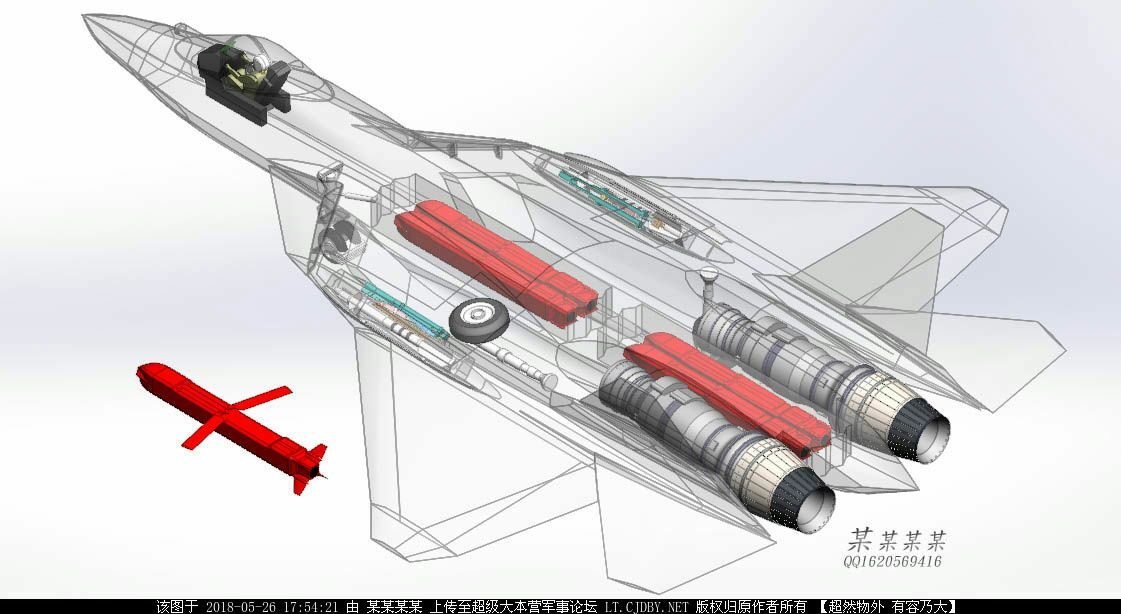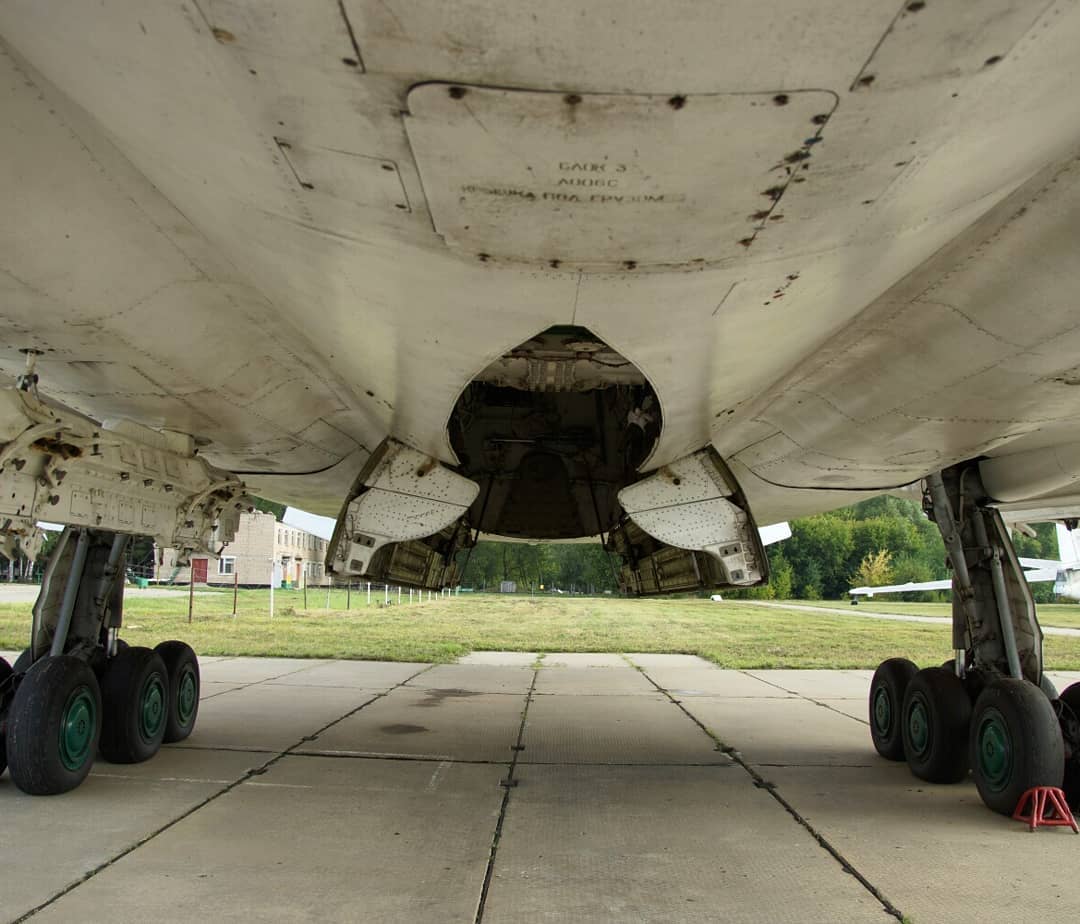I sincerely don't understand why you doubt even the 500km range of the KH-59MK2, look at the improvement of the KH-59MK2 export version from the MAKS-2015 vs the missile with the same name http://roe.ru/eng/catalog/aerospace-systems/air-to-air-missile/kh-59mk2/ obviously the improvement was not using more fuel, but the materials used in the new missile, the new engine, and probably better solid fuel, they made all this effort to export.
The solid fuel is irrelevant... on the first few models that used it it was only used to fly the missile out to 1km ahead of the launch platform quickly so it could be gathered by the datalink pod so communication could be established... it would only burn for a few seconds and didn't accelerate the missile faster than high subsonic speed.
The limits on the early models was datalink range, while the later models added extra fuel in the place of the solid rocket booster to reach almost 300km range... the export model wasn't allowed to reach further than that anyway so any extra potential would be used up making the warhead bigger most likely.
The point is that the domestic model has a range of about 550km... which I have no huge problem believing... but suddenly turning that into 1,000km plus range is not likely... the turbofan engine used was rather fuel efficient already, and even if you replaced the entire missile with composite material that weighed nothing you still wouldn't increase range by that much...
If the KH-59MK2 for SU-57 has only 500km range, or even less, they are giving away advanced technology...for me try aren't.
The Kh-59MK2 is smaller and lighter than previous missiles that had ranges of just over half its reported range... the export model of the Kh-59MK2 is described as being a 290km range missile... which makes sense because export limits its range to 300km max anyway, but with a 310kg warhead and a total weight of 770kg and a length of 4.2m it is actually smaller and similar in weight to the AS-13 or Kh-59 which has a 147kg warhead, a 40km range, and weighs 760kgs and is about 5.4m long.
I appreciate its range is not limited by its potential, but by international export agreement, but 550km sounds a reasonable distance for a weapon to carry on their new stealth fighter... at 4.2m it could also be carried internally by the Backfire which has a 5m weapon bay for weapons up to about 4.8m long like the Kickback.
I don't think they could do anything to magically make such a weapon reach 1,000km...
Remember these are subsonic cruise missiles and the altitude they operate at is going to effect their flight range and speed too... the Kh-59MK2 can operate at altitudes from 200m to 11,000m over land... it flys at 10-15m over water till it gets close to its target and then descends to 4-7m depending on the sea state.
At low altitude its flight speed will be about 700km/h and range will probably be 250-300km, while at 11,000m altitude it will fly at 1,000km/h and reach full range of 550km or so.
The KH-55 family is obsolete, their improvements were "only" from different engines and conformal tanks(more and/or better fuel) KH-101 with only more 1.45 mt achieved more 50% range... better composite materials, aerodynamic, engine, fuel.
First of all the Kh-55 and family is no where near obsolete. Second the Kh-101 is longer, but it is also a ton heavier... the standard Kh-55 is a 1,210kg missile with a flight range of 2,500km... the Kh-55SM with saddle tanks is heavier at 1,500kg and wider because of the external conformal tanks and with the extra weight basically being extra fuel its range is 3,000km.
The Kh-101 is longer and as wide as the Kh-55SM with its external tanks and weighs one ton more than the heavier Kh-55SM and that extra ton is basically extra fuel... which gives it better range. The Kh-102 is about 200kgs lighter because the nuclear warhead is about 200kgs lighter than the conventional HE warhead of the Kh-101, but because it has the same fuel weight it gets a longer flight range of about 5,000km instead of the Kh-101s 4,500km flight range.
All down to increased fuel weight and extra length meaning less drag in flight.
I think KH-102 has a lot more than 5000km range. It could have the double of the KH-101, in my opinion.
If they flew at 12km altitude all the way to the target at a low thrust setting to improve fuel consumption they might both fly much further, but for their roles they need to fly faster and they need to follow way points to take them around danger areas... they might need to drop down to 20m altitude and fly through mountain passes to get to their targets in secret... all of which will effect range and performance.
GarryB do you have any source that the weapons bay of the TU-22M3M aren't 6+ mt long?
Information about the Tu-22M3M is vague... they did mention extending the weapon bay but no hard details...
If they had made GZUR and kh-50 4.78 mt long for me that would be a big mistake, they would have a bad missiles for TU-22M3M ( compared with what they could achieve if it is 6 mt long) and a not so important missiles for a platform (TU-160) that they only had 16, and is the more important air force strategic plane.
Actually being 6m long missiles means having 6 weapons in each weapon bay on the Blackjack... a 6 metre missile sitting on a rotary launcher 11.35m long... if they had another 4.78m missile they could load that on there too in tandem but the only missiles I have read about that is that length or less in that category is the Kh-59MK2 and the Kh-15 which has been withdrawn from service.
By making them shorter they can be deployed in much greater numbers by a much wider variety of aircraft... mounting a 4.8m long missile on an Su-34 or Su-35 or even a MiG-35 would be easier than mounting a 6m long missile... and having say 65 Tu-160M2s in service eventually means a potential for 1,560 Gzur near hypersonic 1,500km range land attack missiles, with another 10 per Backfire you are operating. At 6m long those 65 Blackjacks could only carry 780.
Making them smaller makes them more flexible and increases the number that can be carried.
It is like Granit vs Zircon.... Granit is a 7.5 ton enormous missile only carried on Oscar and Oscar II class subs, Kirov class cruisers and the Kuznetsov CV. Zircon is about 5 times faster, with more than double its range and 1/3rd its weight and can be carried by any Russian ship fitted with a UKSK launcher which includes corvettes and subs.
As for reduced performance... the Gzur is replacing an already withdrawn rocket powered missile with a speed of mach 5 and a range of about 250km. A shortened Gzur should be able to match the mach 6 speed and might perhaps reach 1,000km instead of 1,500km which is fine... put a slightly smaller nuke warhead in it...
For the Product 715 it is supposed to be a short range tactical cruise missile with a range of at most 2,000km... having a range of 1,500km is not a big problem.
Being able to be carried internally on the Tu-22M3 greatly improves the flight performance of that aircraft by reducing drag.
The question is the 2 missiles above were developed with TU-22M3M or Tu-160 in mind?
Their development begun before the decision to produce more Blackjacks.
The two missiles are for two specific and different jobs... GZUR is a short range attack missile to help a strategic bomber penetrate enemy air defences... so the Blackjack would use it but likely not all of them... perhaps one in a flight would have one internal bay with 12 missiles and the rest would have long range cruise missiles. The Backfire would use the Kickback and therefore also the Gzur to penetrate hostile enemy airspace protected by air defence systems like Patriot and THAAD and AEGIS Ashore, but they would also use it like Kinzhal.... ie against ships which have their own IADS. GZUR II will be a mach 12 missile with strategic features and will likely be carried in the Blackjacks internal weapon bays... 6 per bay....
The Kh-50, sometimes called Product 715 and occasionally called Kh-SD is a reduced size reduced range stealthy cruise missiles for theatre operations for a similar role to JASSM-ER, and as such could be carried by the Backfire or the Blackjack or Bear or PAK DA.
In fact if the Kh-50 and Gzur are both less than 5m long then you could carry them in tandem in a Blackjacks bay... 12 air defence targets is a lot for a penetration, but also having them all in the same plane is a risk... perhaps having every plane in each flight with four Gzur missiles and the other 8 missiles on that rotary launcher could be 1,500km range cruise missiles... so the loadout for the Blackjack would be 4 x Gzur, 8 x Kh-50, and 6 x Kh-102... so they can penetrate air defences... which could include AEGIS cruisers in the Arctic ocean for instance... A loadout for an attack on Europe could be 4 Gzur and all the rest Kh-50... ie 4 x Gzur and 20 x Kh-50...
They could step it up... a subsonic cruise missile is a tricky little bugger... but imagine replacing the turbofan with a ramjet and making it a supercruising mach 1.8 target that does not have an AB and therefore uses dry thrust, so you get long range and a missile that an F-35 can't chase down...
If they want 24 subsonic cruise missiles to be launched from inside the Tu-160 they have the kh-59mk2, if they want the same number but supersonic they have KH-58USHKE, if they want the same number but Hypersonic they have the missile from the SU-57, all with ~4.2mt, they probably just need to adapt, or develop a new revolver.
Kh-59MK2 has a range of 550km... not really enough. The Kh-58 has half that range...





 I hope you are not doing on purpose
I hope you are not doing on purpose 





